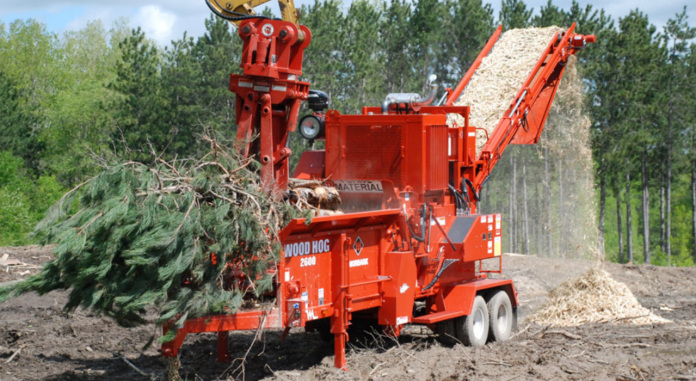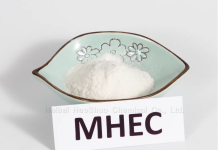Tub grinder teeth are crucial additives in the efficient operation of tub grinders, which are used for processing materials like timber, agricultural waste, and other organic remember. Those teeth are responsible for grinding and chipping the entered materials into smaller, extra conceivable pieces, facilitating simpler managing and further processing.
First-rate grinder teeth ensure regular overall performance, decreasing downtime and maintenance expenses. They enhance the productivity of the grinder by presenting a pointy, durable slicing area that can handle difficult substances. Additionally, the right tub grinder teeth reduce put and tear on the device, extending its lifespan and ensuring smoother, greater efficient operation.
Manufacturing Process of Tub Grinder Teeth
Tub grinder teeth are manufactured using an aggregate of materials and processes to ensure durability and performance. Right here is an outline of the manufacturing process:
Material Selection and Preparation
The manner begins with the choice of exquisite raw materials. Usually, manufacturers choose excessive-grade metallic alloys for the main frame of the tub grinder teeth. Those alloys, which include chromium, molybdenum, or manganese metal, are selected for their first-rate longevity, wear resistance, and capacity to withstand excessive-effect conditions. Tungsten carbide is typically used for cutting pointers because of its advanced hardness and sturdiness.
Forging
Forging is a vital step within the production system. The preheated metallic billets are positioned in a forge where they may be hammered or pressed into the hard form of the tub grinder teeth. This system, not the handiest, shapes the metal; however, it also enhances its mechanical properties by way of refining the grain structure, thus increasing the power and durability of the teeth. Precision forging strategies ensure that the hard shapes are near the very last dimensions, reducing the amount of machining required later.
Machining
After forging, the teeth go through a sequence of machining operations to reap their very last shape and dimensions. CNC machines are usually used for this motive. These machines offer excessive precision and consistency, which are crucial for ensuring that the teeth are healthy and flawlessly into the grinder meeting and characteristic as intended. The machining method consists of operations like milling, drilling, and grinding, which refine the form and prepare the teeth for similar processing.
Heat Treatment
Heat treatment is vital for reinforcing the properties of the metallic teeth. This system includes heating the machined teeth to a selected temperature and then cooling them hastily, a technique referred to as quenching. Quenching increases the hardness and puts on resistance of the metallic. The teeth might also go through tempering, a method of reheating to a decreased temperature, which alleviates internal stresses and enhances longevity. The unique heat remedy parameters are cautiously controlled to acquire the favored balance of hardness and longevity.
Carbide Tipping
One of the defining functions of tub grinder teeth is the tungsten carbide guidelines, which provide the slicing edges. These pointers are brazed onto the metal frame. Brazing includes heating filler steel that melts and flows into the joint between the carbide tip and the steel, developing a robust bond upon cooling. The brazen manner should be exactly controlled to make a certain durable and reliable joint, able to withstand the intense stresses and excessive temperatures encountered all through grinding operations.
Surface Treatment
To enhance the performance and toughness of the tub grinder teeth, extra floor remedies are often carried out. Those remedies can consist of coatings of damage-resistant materials, along with chromium or nickel, which offer an additional layer of safety against abrasion and corrosion. Some teeth may additionally go through shot peening, a manner that bombards the surface with small spherical media to set off compressive stresses, enhancing fatigue resistance.
Quality Control
In the course of the manufacturing technique, rigorous first-class manipulation measures are implemented to ensure the final products meet strict specifications. Inspections are executed at various tiers, together with dimensional tests, hardness checking out, and visual inspections for defects. Advanced techniques like ultrasonic trying out or X-ray inspection can be used to hit upon inner flaws. Exceptional manipulation guarantees that each tooth meets the required requirements for overall performance and durability.
Final Thought
The manufacturing of tub grinder teeth includes a meticulous manner from material choice to the very last assembly. Every step, along with forging, machining, heat treatment, and carbide tipping, is crucial to ensure the teeth’s sturdiness and overall performance. Advanced technologies and rigorous first-class management guarantee that these crucial components meet the demanding necessities of grinding programs.











